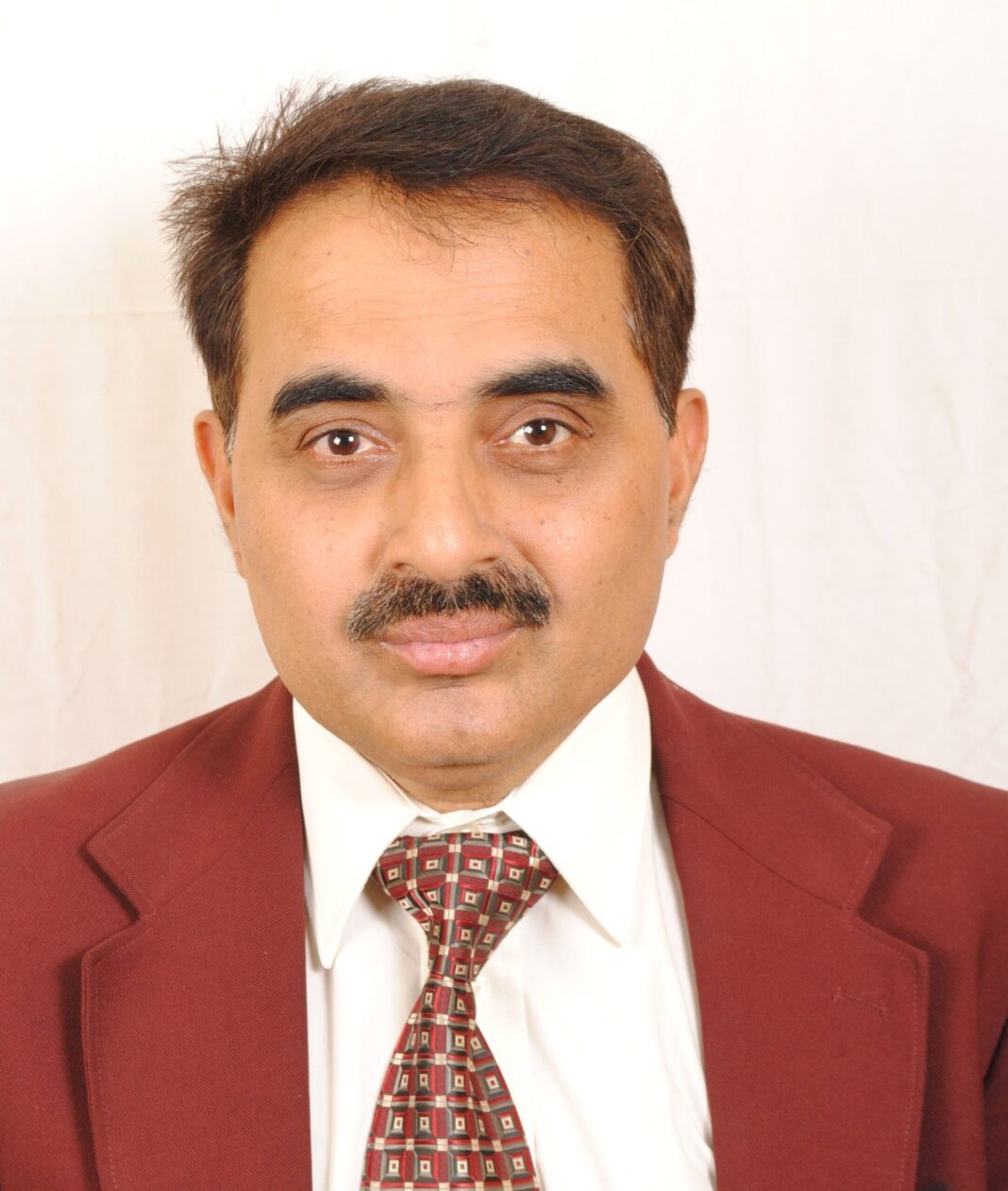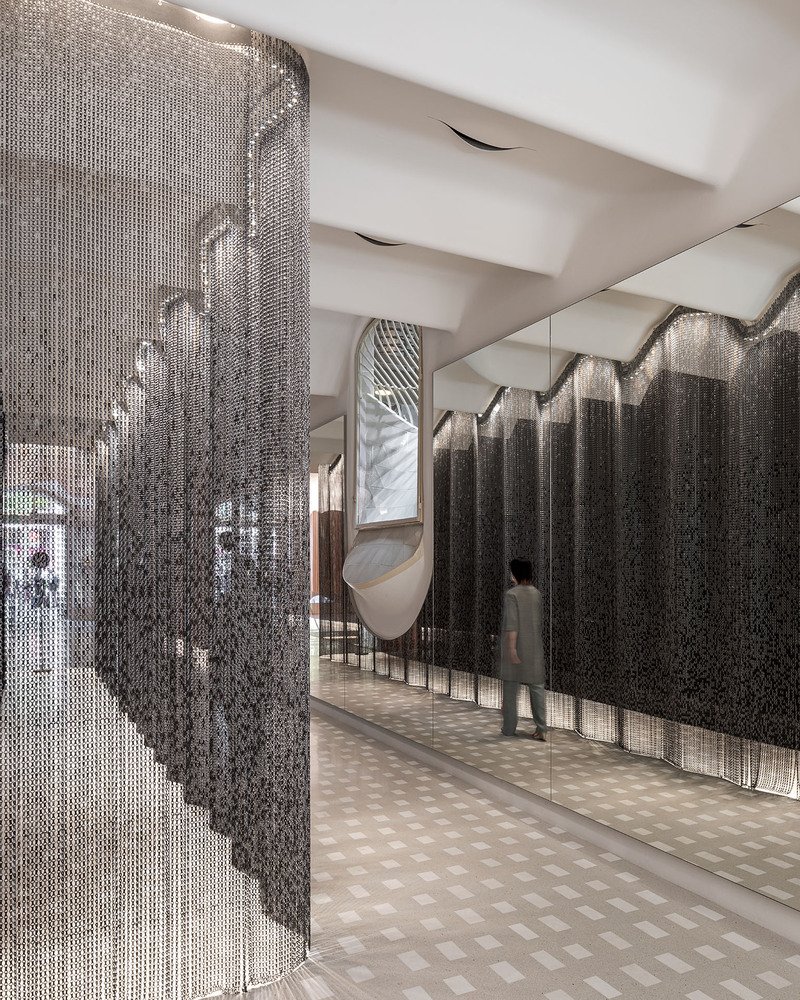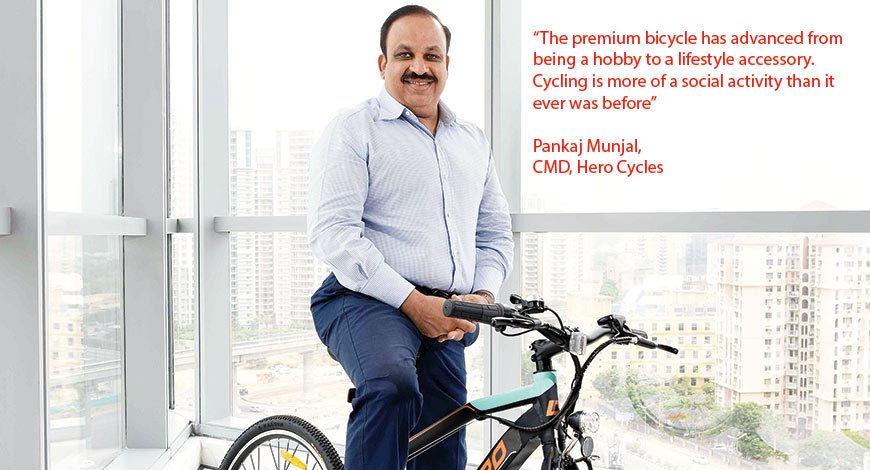In an exclusive interview with SSMB, Rajesh Prasad, Director-Operations, Rail Vikas Nigam Limited opens up about Ministry’s plans in infrastructure, use of steel in Railway projects, throws light on RVNL’s ‘Make in India’ thrust, and shares how steel made a huge difference in their complex projects.
All of these makes an interesting read!
Q. What are your views on Development of Indian Railways since its inception?
A. Indian Railways is aptly considered next to the Indian Army in its size, territorial span and relevance to the country’s future. It plays a critical role in maintaining a healthy economy and society at large, and has a pivotal role in the integration of the biggest democratic country in the world. If we turn back the history pages, the wheels of the first passenger train in India chugged on 16th April 1853, which is more than168 years back. Today, India is the 4th largest railway network in the world, with a total route of 68,000kilometres. During the pandemic, although passenger services were affected, but even under the given circumstances, it catered 22,000 trains including 13,000 passenger trains and 8,500 freight trains, which is equivalent to 3.4 million tonnes, and the annual loading in the country was about 12 hundred million tonnes in the year 2021. Interestingly enough, Indian Railways carries almost an equivalent of the population of entire Australia everyday.
Indian Railways, under GoI, has been relentlessly serving the country for umpteen years now. Although the infrastructure development could have been a bit more, because of the complexity of the projects, the pace of development has been a tad slow. However, in the last 7-8 years, government’s focus has changed from completion to commissioning. No new unviable projects are being sanctioned as of now, and the impetus is on the projects that are slated for commissioning. This is the prime focus of Indian Railways, and developments are taking place in the field of passenger amenities, raising of speed and increasing the safety standards which has been excellent in the last few years.
Q. How will RVNL Projects help to change the dynamics of the Indian infrastructure?
A. RVNL is known as executing arm or rather the extended arm of Ministry of Railways for Project execution. The biggest contribution of RVNL has been the project delivery. We are executing 30-35 percentof railway infrastructure in the country, and the turnover of the company, despite the Covid mayhem, was all time high in 2021. We have got the mandate of creating Special Purpose Vehicles, and so far, 5 Special Purpose Vehicles are in place. It has generated Rs.76,000 crores of revenue for Indian Railways without a single rupee investment by Ministry of Railways.
This is the perfect model for the Indian Railway infrastructure, which would be evident from the fact that till march 2021 RVNL has completed more than 13,000 kilometres of Railway infrastructure which includes doubling, new lines, and railway electrification. Ministry of Railways has assigned a total of 183 projects, out of which 102 projects are already completed, commissioned and handed over for operations. This also includes 10 workshop projects on the turnkey basis, and special mention may be made that, as on date, we have 64 Tunnels which are being executed in the different parts of the country. I personally feel that RVNL has played a huge role so far and has a bigger role to play in changing the dynamics of the Indian Railway infrastructures.
Q. Since steel plays a major role in Railway projects, what is your take on the availability of steel in the country?
A. In any kind of infrastructure, two kinds of steel are required – one is structural steel while the other is reinforced steel. There was a National Steel Policy issued in the year 2017 and the guidelines issued by the Ministry of Railways state that steel is a product of large and technologically complex industries, having a very strong forward and backward linkages. The government has a very clear vision and mission, in creating a globally competitive steel industry that promotes inter-sectoral growth and to build a globally competitive industry with a crude steel capacity of 300 million tonnes by 2030.
The per capita steel consumption in India is only 78kg which is planned to increase by 160 kg by the year 2030. In RVNL, we have 38 project implementation units. Even by a back-of-the-envelope calculations, the reinforced steel consumed by the PIU Kolkata 2 was 9350 metric tonnes and structural steel was 2100 metric tonnes. As per the steel policy and vision of the present government, there should not be crisis of any availability of steel in the future for building the infrastructure, specially Railway Infrastructures.
There is one small issue which is the head hardened rails used for metro construction and also planned for Indian Railways. Notably, the facilities are being developed by SAIL, and private companies like JSPL. So, in time to come, the indigenous rails will also be self-sufficient for building the rail infrastructure in the country.
Q. How do you think ‘Make in India’ campaign is benefitting the railway projects?
A. ‘Make in India’ campaign has been benefitting various kinds of infrastructure, not just restricted to railway infrastructure. For instance, the cables used in the Barddhaman Cable Stayed Bridge was manufactured by Usha Martin in Ranchi, on behalf of the sub-contractor M/s. Freyssinet, a French company. This is what is envisaged inthe ‘Make in India’ Policy.
Also, the indigenous rails for the Joka Metro Project have used the HH Rails manufactured in Chhattisgarh, India by JSPL. RVNL is also involved in construction of the metro stations. We needed to have the AFC Gates for these which were earlier imported from China. But for the first time, we used the AFC Gates manufactured in Baroda in recently commissioned Dakshineswar Metro.
In another new, we have got the system of Platform Screen Doors which is provided in the metro stations. Bharat Electronics Limited are in the process of manufacturing such PSD’s. NCRTC, Delhi have signed a MOU with BEL formanufacturing such PSDs which will basically help in faster execution, and save huge cost of maintenance, besides the initial capital cost. Hence, I am of the opinion that the ‘Make in India’ campaign has been benefitting various infrastructure projects, and this needs to be recognised
Q. What are the main advantages of steel structures when compared to the conventional structures?
A. There are various advantages of steel structures, but the first and foremost advantage is the quality. The beauty of the steel structures is that it can be fabricated at the fabrication yard under very strict supervision, ensuring the best quality and can be transported and erected. It is also a highly durable metal having a better earthquake resistant and is a tensile metal.
The steel structures normally weigh around 60-70 per cent less than the concrete. The construction process is faster because fabrication is done at the yard. It can be easily fabricated with good quality, and can be mass produced. Also, if there are any changes required even at the last stage, that also can be inculcated.
We have professional steel fabricators who make high standard quality, it has also got a very good load carrying capacity, it has good scrap value compared to the concrete and we have the eco-friendly options. They are easily recyclable and can save money in waste management. Incase of concrete structures, disposal becomes hazardous, whereas with steel, we can reuse it or can use it by retrofitting or the scrap can be rerolled and can be reused.
My submission is that steel has the quality, lesser health hazard, good load carrying capacity, higher tensile strength. We have moved from conventional steel structures to pre-fabricated steel structures. Now, if we see pre-fabricated structure, it has got lot of advantages e.g. it has aesthetical appeal, it ensures faster completion, and is cheaper than the conventional steel. Steel is cheaper than concrete, and if it is PEB, then it is further cheaper. It has got seismic resistance, facilitates ease of execution besides ease of maintenance. We can have controlled quality and hassle-free construction. So, we have got various advantages in using steel structures and PEB is the boon in various kinds of infrastructure.
Q. RVNL has been using steel extensively for many of its projects. How has been your experience working with steel?
A. We constructed the metro connecting Dakshineshwar which has since been commissioned and opened for the traffic. There was a challenge confronted at Dunlop Bridge. As it was a very busy area, we were supposed to dismantle the existing expressway and construct a new expressway, and then metro construction was to take place in that busy area. Earlier, we had planned for construction of either pre-cast or cast in situ PSC girders. As we found a lot of difficulties like the requirement of traffic block every now and then, we finally switched to steel structures. We completed it at a brisk rate, probably saving a year of construction as compared to normal conventional methods. I personally had a very good experience tackling the engineering challenge confronted at that site.
Another manifest proof of concept is the Barddhaman Cable Stayed Bridge wherein we used composite structures and steel pylons. Construction of steel pylons, due to the obvious advantages, became very easy. We deployed tower crane and the entire pylon was erected in the shortest possible time. Also, this yard was a very busy, as it had 6-7 platforms and 10-12 yard lines. Safety was of paramount importance; hence we used the composite structures and with the help of HSFG bolts we kept on erecting these girders, and subsequently pre-cast slabs were placed over that further deck slab was cast. This helped in faster and safer execution with very high standard of quality.
Q. Can you elaborate on the innovation or material used in RNVL?
A. RVNL is executing its first vertical bridge Pamban Bridge in Rameshwaram which is inherently corrosion-prone due to the proximity to sea water. We are using stainless steel reinforcement. Although it is costly, but the idea was to use stainless steel reinforcement so that the structure remains safe. The reinforcement nowadays gets corroded and, in that case, we need to have proper precautions for safeguarding the structure to make it more durable.
Whenever we use steel structures, we used to have the conventional painting schemes. In Barddhaman project, we adopted the method of Switzerland-based Akzonobel. It has got a life of around 40 years and the similar scheme was followed under Chenab Bridge which is still under construction.
Q. What are the key challenges that RVNL is facing in timely execution of its projects?
A. Railway infrastructure is very complex and requires lot of close interface between teams, monitoring and co-ordination works. Each project, whether railway infrastructure or some other, is distinct in its own way. It follows different project life cycles, faces different challenges. Of course, some of the other challenges are in meeting and obtaining approvals. A lot of approvals are required in Railway projects. Besides, a smooth flow of funding from the Ministry is necessary for faster execution.
In any project, especially in Railway infrastructure, the scope is crucial. Sometimes there is a different compass when the officer changes, the drawings get changed and thereby the scope is altered. This is a very crucial problem in execution of Railway infrastructure projects. Again, we have got another innovative system of Special Purpose Vehicles. However, the policy guidelines, in this regard, which were issued in 2012, are old policy which needs to be revised. RVNL is pioneer in Special Purpose Vehicles and there is a strong need to bring in changes in this policy so that this will enable us to attract more and more investors in investing in Railway infrastructure projects.
Q. How has been RVNL Approach to the New Normal?
A. Despite of the COVID-19 pandemic, we performed exceedingly well in FY21. We exceeded all the physical and the financial targets. During this time, we reviewed various policy guidelines, used the IT Platforms, the pre-bid conferences were held online, the Bid Evaluation Committee meetings was held online, evaluations were also done online. The accelerated roll out and adoption of digitization came as a boon to the company. We could finalize tenders in less than 20 days. All through, of course we strongly adhered to the protocols issued by the Union Government and State Governments which ultimately gave the results. We could exceed the physical and financial targets. For the first time, our turnover exceeded Rs.15,000 crores, and for the first time, our profit before tax exceeded Rs.1,000 crores. During this new normal, the company has moved from strength to strength by adopting new and innovative methods of working, but we also have contingency planning in place. We are prepared for wave three and at all fronts, works are going on at a brisk pace.
Q. What message would like to give our readers?
A. Steel structures have various advantages, and, in my opinion, the biggest advantage is the quality of the execution because of fabrication at approved fabrication yard. If the country must grow at the GDP of 8 per cent the infrastructure has to grow not less than 12-15 per cent. This is also required for Railway Infrastructure projects. But the real challenge is that the railway structures are complicated complex and lot of interfaces, co-ordination works, and approvals are required. We are going to have plenty of railway structures in time to come.
There is a policy guideline issued by Ministry of steel and steel sector which will also see a boon in time to come. We need to have a change in our approach and attitude for execution of Railway Infrastructure in faster manner with higher quality standards, higher safety standards.
I would like to say two quote one is by Mahamta Gandhi” Be the change you wish to see”. If we need to see change in the country, we need to make change in the Infrastructure World.
There is another quote by Leo Tolstoy “Everyone Thinks of Changing the World, but no one Thinks of Changing Himself”. So, there is requirement of change in our approach in execution of Railway Infrastructure projects and we are move in the right direction and in time to come we will see a boon in Railway Infrastructure.







lasix no prescription overnight In contrast, acquired hypopituitarism has been linked to either an increased risk of having cancer or an increased risk of dying from cancer in some, but not all, retrospective studies 70, 71